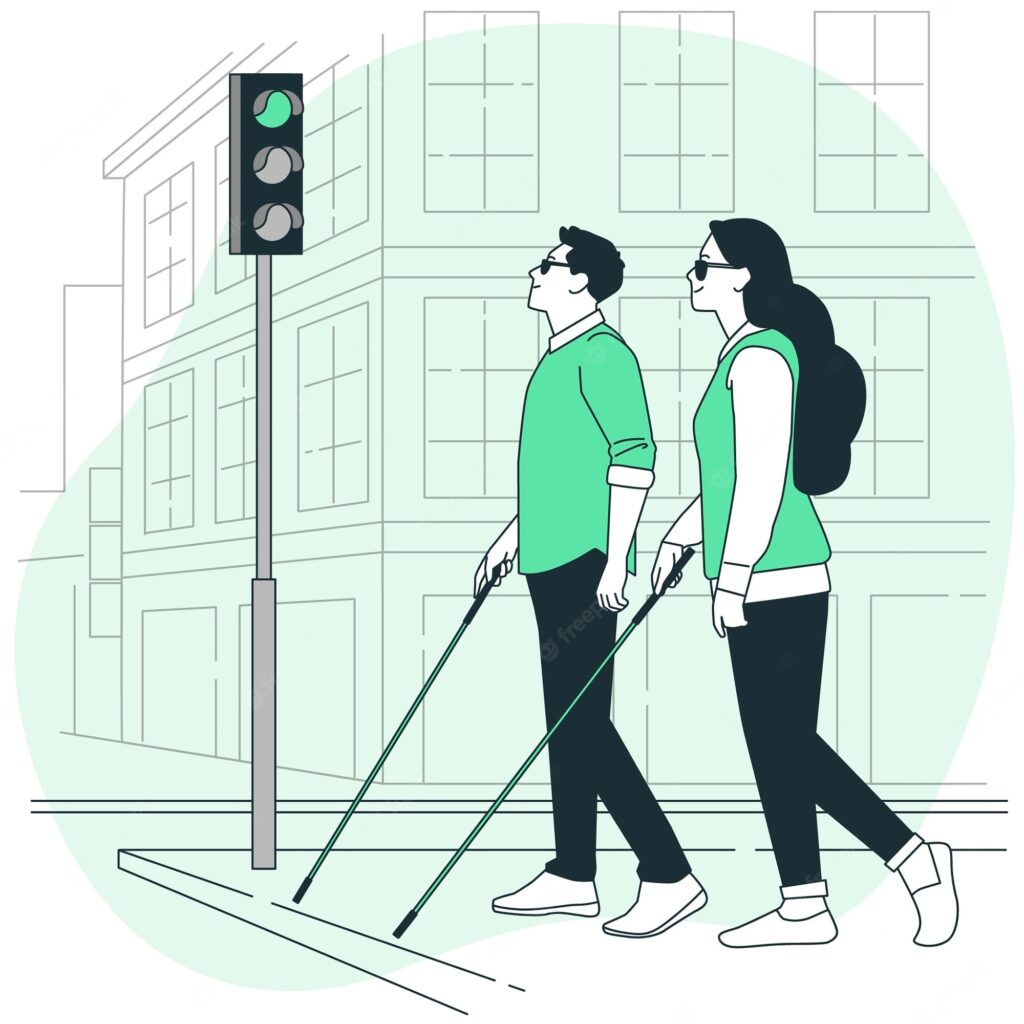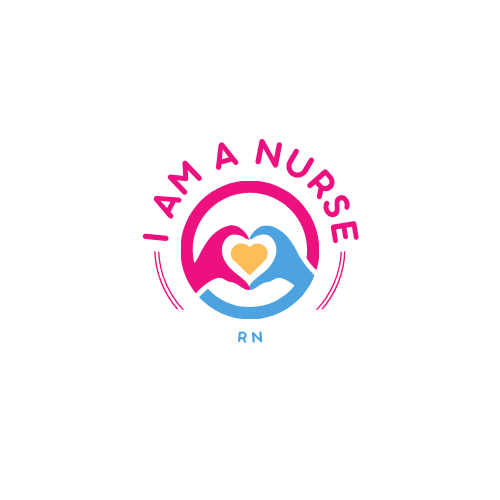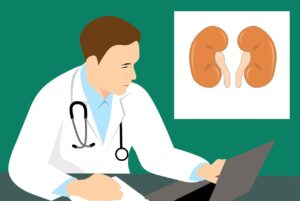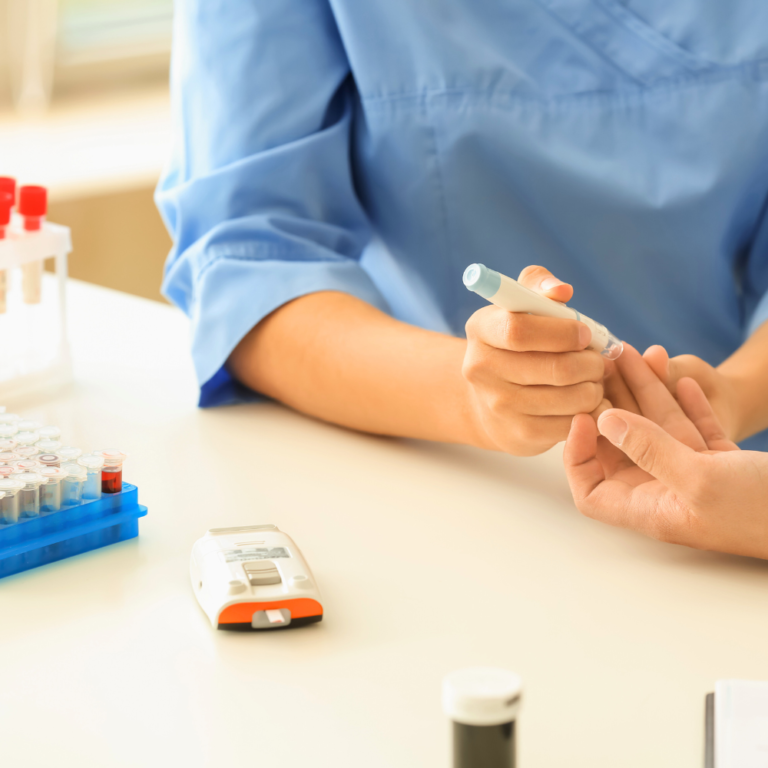
## Introduction to Diabetic Retinopathy
Diabetic retinopathy is a serious eye condition that affects individuals with diabetes. It occurs when high blood sugar levels damage the blood vessels in the retina, leading to vision problems and potential blindness if left untreated. Understanding the impact of diabetic retinopathy is crucial for individuals living with diabetes and healthcare professionals alike.
Understanding the Causes and Risk Factors of Diabetic Retinopathy
Diabetic retinopathy is primarily caused by prolonged exposure to high blood sugar levels. When blood sugar levels are consistently elevated, the blood vessels in the retina become damaged and leak fluid or blood. This leads to various complications, including the formation of scar tissue and the growth of abnormal blood vessels.
There are several risk factors associated with the development of diabetic retinopathy. These include the duration of diabetes, poorly controlled blood sugar levels, high blood pressure, high cholesterol levels, and pregnancy. Additionally, individuals with type 1 diabetes are more prone to developing diabetic retinopathy compared to those with type 2 diabetes.
The Stages of Diabetic Retinopathy
Diabetic retinopathy progresses through different stages, each with its own set of symptoms and implications. The early stage of diabetic retinopathy is known as nonproliferative diabetic retinopathy (NPDR). In NPDR, the blood vessels in the retina begin to weaken and develop tiny bulges, called microaneurysms. This can cause small hemorrhages and fluid leakage, leading to the accumulation of yellow deposits called hard exudates.
As diabetic retinopathy advances, it enters the second stage known as proliferative diabetic retinopathy (PDR). PDR is characterized by the growth of new blood vessels on the surface of the retina. These new vessels are fragile and prone to bleeding, which can result in severe vision loss or even complete blindness if left untreated.
Common Symptoms of Diabetic Retinopathy
Recognizing the symptoms of diabetic retinopathy is crucial for early detection and timely treatment. In the early stages of the condition, individuals may not experience any noticeable symptoms. However, as the disease progresses, the following symptoms may manifest:
- Blurred vision or difficulty focusing – This is often caused by fluid leakage or swelling in the retina.
- Floaters – These are dark spots or strings that seem to float across the field of vision.
- Fluctuating vision – Vision may fluctuate between clear and blurry due to blood sugar fluctuations.
- Dark or empty areas in the vision – This can occur when blood vessels in the retina become blocked or damaged.
- Difficulty seeing colors – Diabetic retinopathy can affect color perception, making it difficult to distinguish between certain hues.
The Importance of Early Detection and Diagnosis
Early detection and diagnosis of diabetic retinopathy are crucial for preventing further damage to the eyes and preserving vision. Regular eye examinations are essential for individuals with diabetes, as they allow healthcare professionals to identify any signs of retinopathy at its earliest stages.
During an eye examination, the ophthalmologist will dilate the patient’s pupils using eye drops to examine the retina more closely. They may also perform additional tests, such as optical coherence tomography (OCT) or fluorescein angiography, to evaluate the extent of retinal damage and plan appropriate treatment.
Diabetic Retinopathy Treatment Options
Several treatment options are available for diabetic retinopathy, depending on the stage and severity of the condition. In the early stages of nonproliferative diabetic retinopathy, treatment may not be necessary, but close monitoring is essential. However, as the disease progresses, the following treatment options may be considered:
- Laser photocoagulation – This procedure uses laser beams to seal leaking blood vessels and prevent further damage to the retina.
- Intravitreal injections – Medications, such as anti-vascular endothelial growth factor (anti-VEGF) drugs or corticosteroids, may be injected into the vitreous gel of the eye to reduce swelling and prevent the growth of abnormal blood vessels.
- Vitrectomy – In severe cases of diabetic retinopathy, a vitrectomy may be performed to remove blood or scar tissue from the eye and improve vision.
Lifestyle Changes to Manage Diabetic Retinopathy
In addition to medical treatments, making certain lifestyle changes can help manage diabetic retinopathy and prevent further complications. These changes include:
- Maintaining healthy blood sugar levels – Keeping blood sugar levels within the target range recommended by healthcare professionals can slow the progression of retinopathy and reduce the risk of vision loss.
- Controlling blood pressure and cholesterol levels – High blood pressure and cholesterol can worsen retinopathy. Managing these factors through diet, exercise, and medication can help protect the eyes.
- Adopting a healthy diet – Consuming a balanced diet rich in fruits, vegetables, whole grains, and lean proteins can support overall eye health and reduce the risk of complications.
- Engaging in regular exercise – Regular physical activity improves blood circulation and helps regulate blood sugar levels, benefiting both diabetes management and retinopathy prevention.
- Avoiding smoking and excessive alcohol consumption – Smoking and heavy alcohol intake can worsen retinopathy and increase the risk of other eye complications.
Preventing Diabetic Retinopathy and Managing Diabetes
Prevention is key when it comes to diabetic retinopathy. Managing diabetes effectively can significantly reduce the risk of developing retinopathy or slow down its progression. Here are some important steps to prevent diabetic retinopathy and manage diabetes:
- Regularly monitor blood sugar levels – Consistently keeping blood sugar levels within the target range recommended by healthcare professionals can prevent retinopathy and other diabetes-related complications.
- Follow a healthy meal plan – Adopting a well-balanced diet that focuses on whole foods and limits the intake of processed sugars and unhealthy fats can help regulate blood sugar levels and reduce the risk of retinopathy.
- Take prescribed medications as directed – Following the prescribed medication regimen is crucial for managing diabetes and preventing complications like retinopathy.
- Maintain a healthy weight – Achieving and maintaining a healthy weight through a combination of a nutritious diet and regular exercise can improve diabetes control and reduce the risk of retinopathy.
- Attend regular check-ups – Regular visits to healthcare professionals, including ophthalmologists and diabetologists, allow for early detection and management of any diabetes-related complications.
Seeking Professional Help for Diabetic Retinopathy
If you have been diagnosed with diabetic retinopathy or suspect you may have the condition, it is essential to seek professional help. Ophthalmologists and other eye specialists are trained to diagnose and manage retinopathy effectively. They can provide personalized treatment plans and ongoing care to preserve vision and prevent further damage.
Remember, early intervention is crucial for the successful management of diabetic retinopathy. Do not hesitate to reach out to healthcare professionals for guidance and support.
Conclusion: Living with Diabetic Retinopathy
Living with diabetic retinopathy can be challenging, but with proper management and care, individuals can lead fulfilling lives while preserving their vision. Understanding the impact of diabetic retinopathy, its causes, symptoms, and treatment options allows individuals to take proactive steps to protect their eyes and manage diabetes effectively. By adopting a healthy lifestyle, attending regular check-ups, and seeking professional help when needed, individuals can navigate the challenges of diabetic retinopathy and maintain good eye health.
Remember, your eyesight is precious. Take care of your diabetes, monitor your blood sugar levels, and prioritize regular eye examinations to ensure early detection and timely treatment of diabetic retinopathy. Together, we can minimize the impact of retinopatia diabetica and empower individuals to live their lives to the fullest.
Call to Action: If you or a loved one are living with diabetes, schedule a comprehensive eye examination with an ophthalmologist today. Early detection of diabetic retinopathy can make all the difference in preserving vision. Don’t wait, prioritize your eye health!




Very informative.